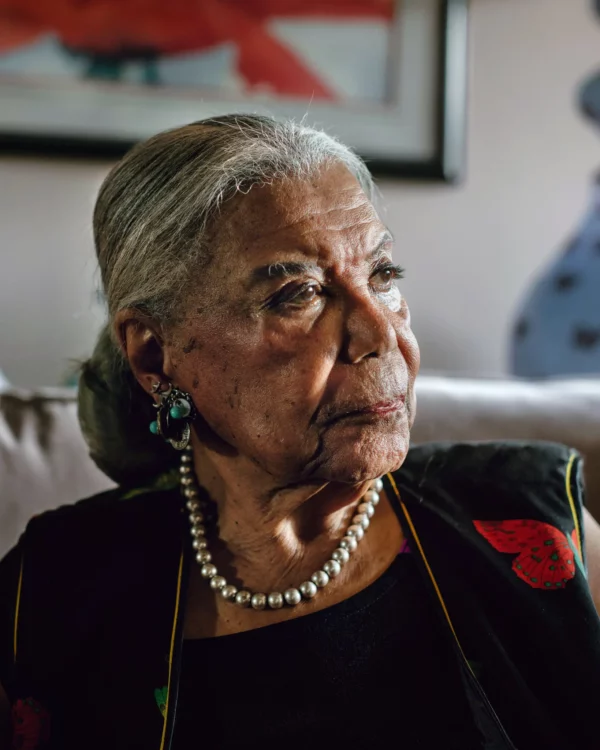How Black Nurses Were Recruited to Staten Island to Fight a Deadly Disease
Share
Explore Our Galleries
Breaking News!
Today's news and culture by Black and other reporters in the Black and mainstream media.
Ways to Support ABHM?
By John Freeman Gill, New York Times

Virginia Allen, a poised 92-year-old with an elegant sweep of white hair and a nagging case of sciatica, remembers the first time she set foot on the sprawling green campus of Sea View Hospital three-quarters of a century ago.
“I felt in awe of it,” she said of the complex, more than two dozen buildings on an elevated site in the Todt Hill section of Staten Island. “It was a huge place.”
The year was 1947, and Ms. Allen was an unworldly 16-year-old from Detroit who had come to be trained as a pediatric nurse’s aide at Sea View, which had opened in 1913 to wage war on tuberculosis. Known as the “white plague,” the highly contagious disease killed 5.6 million people in the United States in the first half of the 20th century, when there was no direct cure.
For an inexperienced young Black woman who had never been anywhere but “at home and at school,” as she put it, the hospital’s wards teemed with both danger and opportunity, offering her a free education and a professional nursing career.
“She arrived at a pivotal moment in time,” said Maria Smilios, whose gripping book, “The Black Angels: The Untold Story of the Nurses Who Helped Cure Tuberculosis,” will be published on Sept. 19. “It’s the golden age of antibiotics, it’s post-World War Two, the city is alive and thrumming with economic activity, but there’s a huge nurse shortage. So she becomes one of hundreds recruited to fill the ranks.”
Keep reading here.
Discover how Black doctors helped a community.











Comments Are Welcome
Note: We moderate submissions in order to create a space for meaningful dialogue, a space where museum visitors – adults and youth –– can exchange informed, thoughtful, and relevant comments that add value to our exhibits.
Racial slurs, personal attacks, obscenity, profanity, and SHOUTING do not meet the above standard. Such comments are posted in the exhibit Hateful Speech. Commercial promotions, impersonations, and incoherent comments likewise fail to meet our goals, so will not be posted. Submissions longer than 120 words will be shortened.
See our full Comments Policy here.